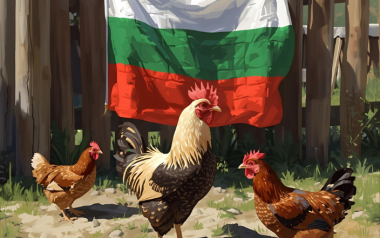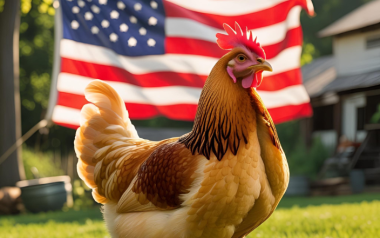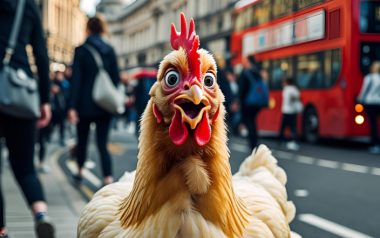Nutrition plays an important role in health and skeletal development, so a multitude of nutritional factors can lead to musculoskeletal diseases, which are commonly characterized by lameness.
20 Jul 2020
Practical guide to the differential diagnosis of lameness
Content available at: Español (Spanish) Português (Portuguese (Brazil))Chickens raised for commercial meat production are selected to reach market weight quickly. […]
Content available at:
Español (Spanish) Português (Portuguese (Brazil))
Chickens raised for commercial meat production are selected to reach market weight quickly. However, this rapid growth is very demanding on the bird’s skeletal system, which can result in a deterioration of its motor capacity.
lameness and disturbances in the gait of poultry are serious conditions, not only because of their implications for animal welfare, but also because of the economic losses resulting from increased mortality, reduced feed utilisation, reduced average daily earnings and processing plant penalties.

RICKETS
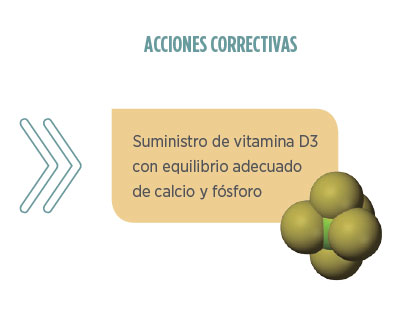
Symptoms: Enlargement of the ends of the tibia and femur, with widened epiphyseal plates.
Lesions: Disorganization of the cartilaginous matrix, irregular vascular penetration.
PEROSIS / CHONDRODYSTROPHY
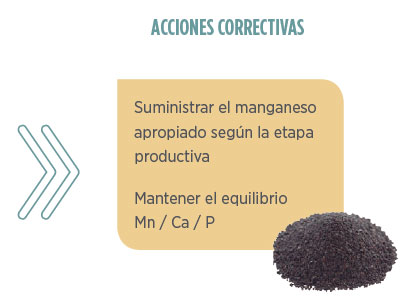
Symptoms: Thickened and shortened legs, shortened wings.
Lesions: Enlargement and malformation of the tibio-metatarsal joint, twisting and bending of the distal end of the tibia and the proximal end of the tarsometatarsal, displacement of the gastrocnemius tendon of its condyles.
OSTEOPOROSIS / CAGE LAYER FATIGUE
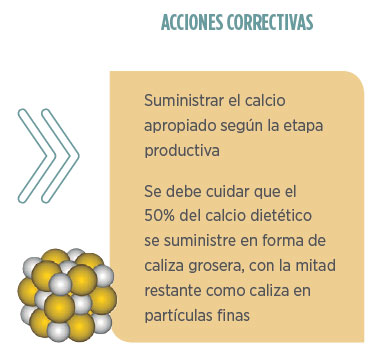
Symptoms: soft and gummy bones, birds lying at the bottom of the cage.
Lesions: Vertebral fracture affecting the spinal cord.
IONOPHORE TOXICITY 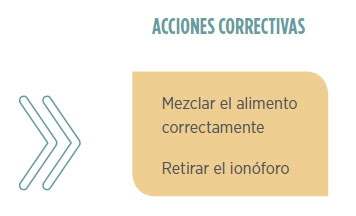
Potential cause: Monensin.
Symptoms: legs extended backwards.
Lesions: No specific lesions.
TO CONTINUE READING REGISTER IT IS COMPLETELY FREE
Access to articles in PDF
Keep up to date with our newsletters
Receive the magazine for free in digital version
REGISTRATION
ACCESS
YOUR ACCOUNT
LOGIN
Lost your password?








